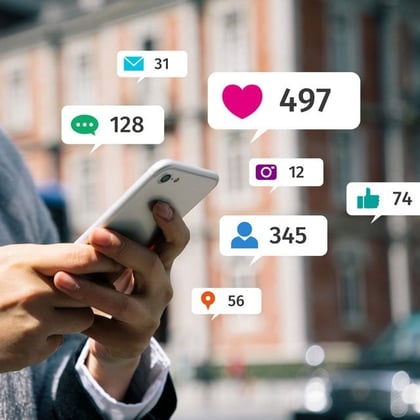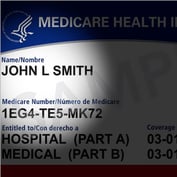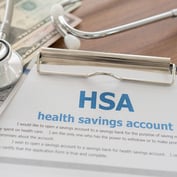What You Need to Know
- The Biden administration said it will spend $50 million on the campaign.
- Program managers have spent about $2.1 million on Instagram.
- HealthCare.gov has spent more on desktop videos than on display ads.
Financial professionals who like the idea of piggybacking on HealthCare.gov advertising spending may have a busy summer.
Managers of HealthCare.gov started with $50 million to spend on promoting major program changes, and, as of May 31, they had spent only about $4 million of that total on digital ads, according to Pathmatics.
Pathmatics is a company that gathers data on web advertising by searching for ads online. The company also has created a panel of thousands of ordinary web users, and it tracks the ads the panel members see.
Pathmatics did not provide figures on HealthCare.gov’s broadcast, print or outdoor advertising spending, but its analysts say the organization may still have as much as $46 million in unspent ad money.
A review of iSpot.tv, a TV ad tracking service, suggests that HealthCare.gov managers have run few or no TV ads.
HealthCare.gov Changes
The Affordable Care Act exchange program gives people a way to use federal premium tax credit subsidies to buy commercial health coverage online.
HealthCare.gov provides ACA public health insurance exchange services for the residents of 38 states.
The HealthCare.gov open enrollment period, or time when people can buy coverage without showing they have what the government classifies as a good reason to be shopping for coverage, has extended from Nov. 1 to about Dec. 15 in recent years.
This year, the administration of President Joe Biden decided to create a broad special enrollment period that will last until Aug. 15, in an effort to help people cope with the COVID-19 pandemic.
A new federal COVID-19 relief law, the American Rescue Plan Act, provides a big increase in premium subsidy tax credits for ACA exchange plan users.









 June 07, 2021 at 12:56 PM
June 07, 2021 at 12:56 PM











